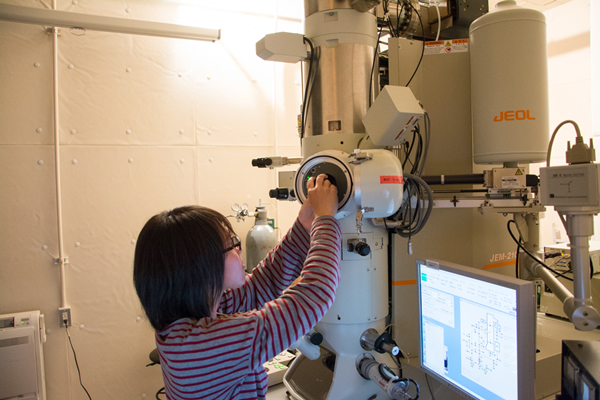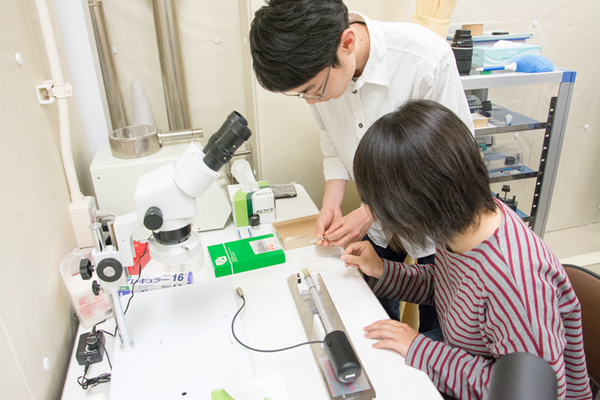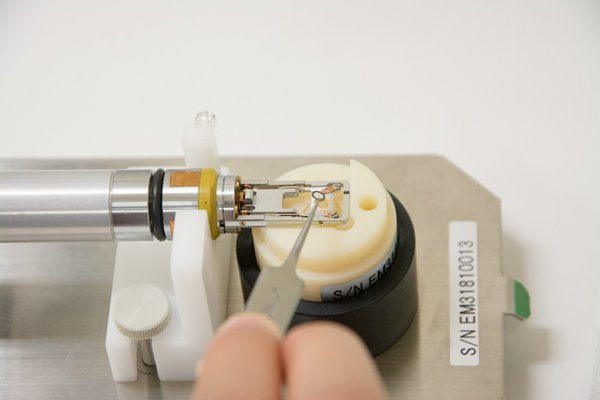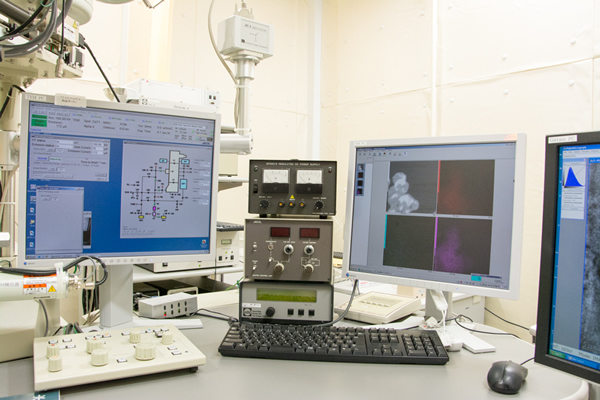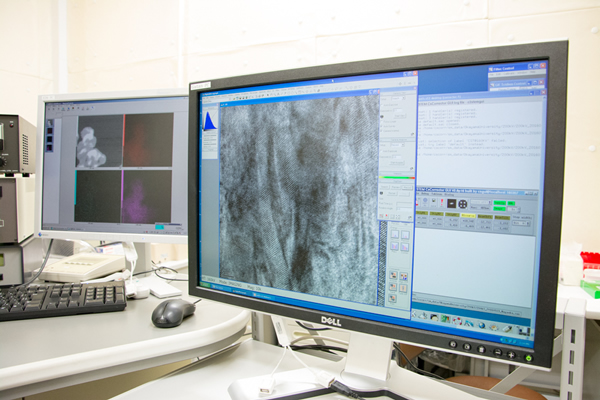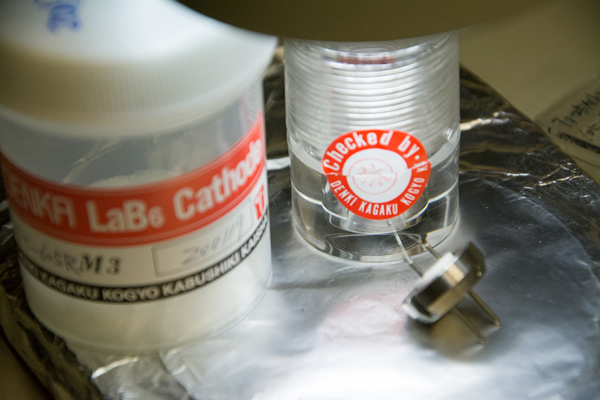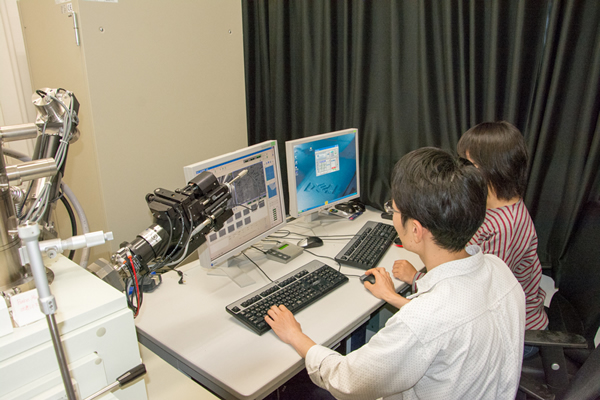Structural Materials Engineering
The purpose of our researches is to propose various engineering materials with high reliability, including the metals, ceramics, composites and biomaterials. To make the engineering materials, the microstructural controls have been performed experimentally and numerically. Moreover, applied research and basic research have been executed to develop the engineering materials via our original technologies. Our students have chance to join the several research programs, such as research collaboration with industries and domestic and international conferences.
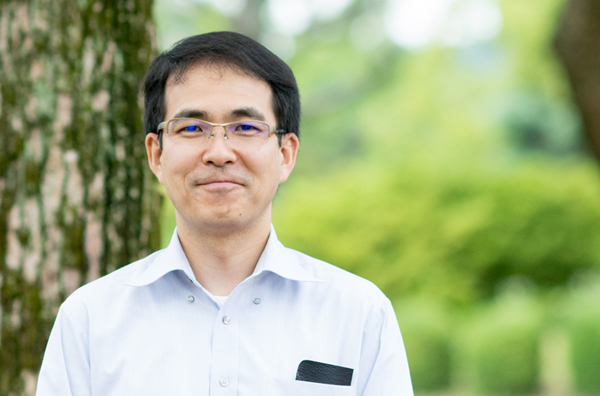
Mitsuhiro OKAYASU
Professor
E-mailokayasu@okayama-u.ac.jp
A study of the casting and forging technologies
The aim of our research is to develop the high-quality engineering materials via our originally proposed casting and forging processes, in which the microstructural controls have been carried out by our experimental and numerical techniques. We believe that our research could contribute to our society.
A study of the development and evaluation of newly proposed engineering materials
In order to develop a harvesting power generation system, an attempt has been made to investigate systematically a fundamental aspect of the power generation characteristics of the piezoelectric ceramics. In addition, the developments of high-strength light metals and composite materials have been conducted.
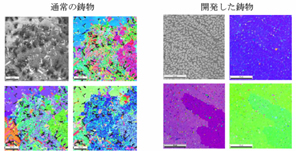
Fig.1 Cristal orientation characteristics, showing the uniformly organized orientation for our newly developed materials
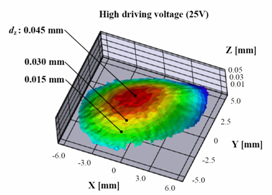
Fig.2 Deformation behavior of the PZT ceramics during cyclic loading of 5000 Hz
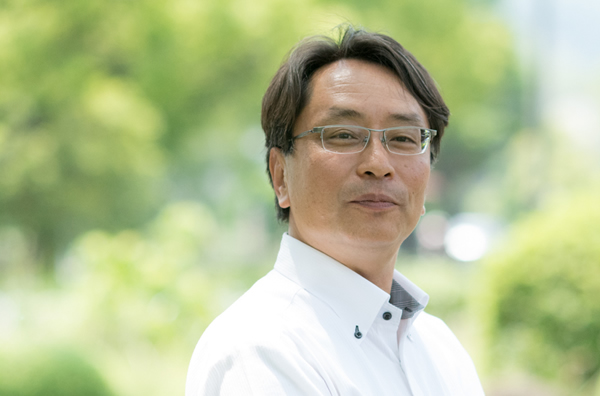
Yoshito TAKEMOTO
Associate Professor
Study on novel function of titanium alloys
Titanium alloys are excellent structural materials with the light weight, high strength and high corrosion resistance. Moreover various functions, shape-memory, superelasticity, hydrogen-absorption and superconductivity are generated in titanium alloys. Recently, we have discovered that the new functions appear in certain titanium alloys. It is the spontaneous shape change with heating, which is quite different from that of the shape-memory alloy. We are now investigating the mechanism causing the function in order to make it fit for practical use.
Development of titanium alloys similar to the human bone
Artificial-bone requires the high strength, corrosion resistance, non-toxicity and flexibility. Titanium alloys are the most suitable materials for the needs. Compared with the actual human bones, however, these Young moduli are still high, which give rise to serious troubles to the patients. We develop the tender titanium alloys to the human body with low Young modulus.
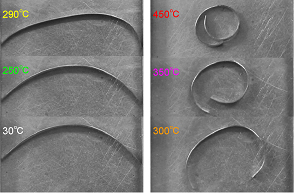
Fig.1 Shape evolution of titanium alloy with heating
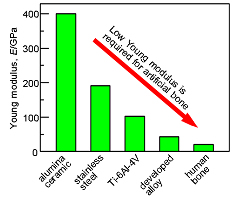
Fig.2 Young moduli of human bone and several materials
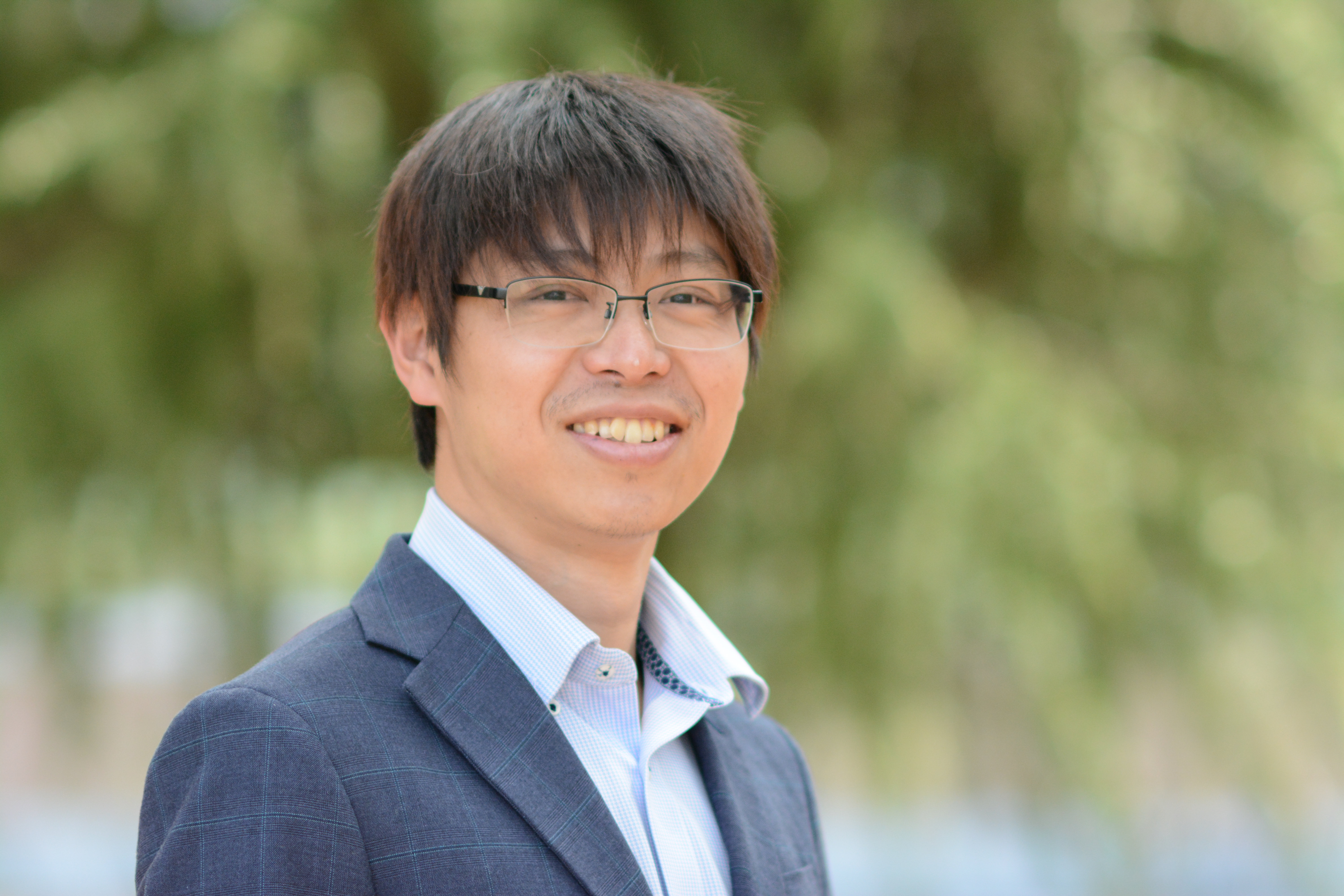
Jinta ARAKAWA
Assistant Professor
Small fatigue crack initiation and propagation
Fatigue crack generation and progression associated with repeated loads in metallic materials are significantly affected by the fine microstructure and the crystal grain distribution. Therefore, based on the observation of metallic microstructures, it leads to quantitative evaluation of fatigue crack generation and progress of metals. The target materials are mainly general-purpose Ti alloys such as 64Ti and Al alloys.
Fatigue strength improved by the surface treatment technique
It is widely known that many metal materials exhibit the occurrence of fatigue cracks from the material surface. Therefore, surface modification technology can improve fatigue cracks generation resistance and improve fatigue crack propagation resistance. Therefore, we focus on shot peening, which is widely used in surface modification technology, and are making efforts to elucidate the mechanism of its effect and durability improvement.
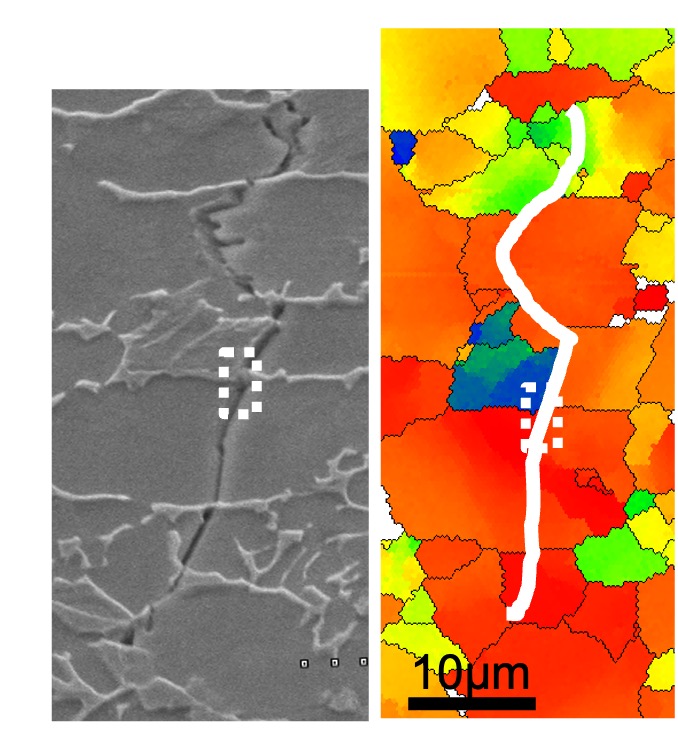
Fig.1
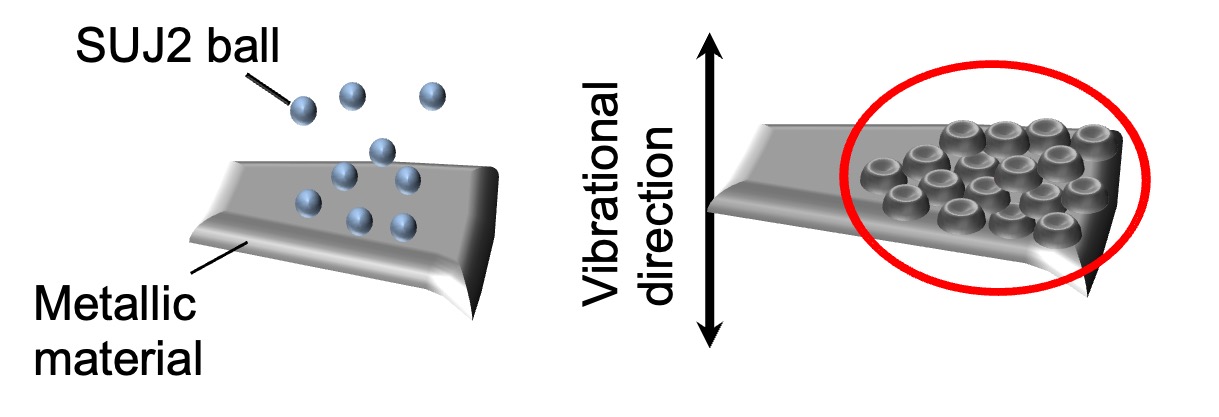
Fig.2

